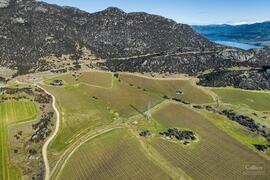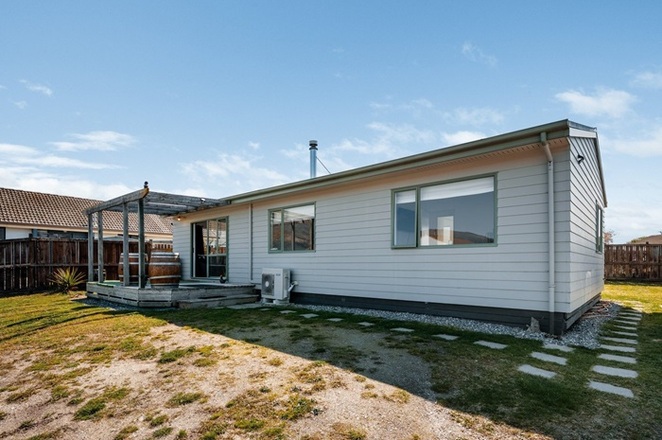Incident at Cromwell Swim Centre prompts investigation
Aimee Wilson
10 October 2024, 4:45 PM
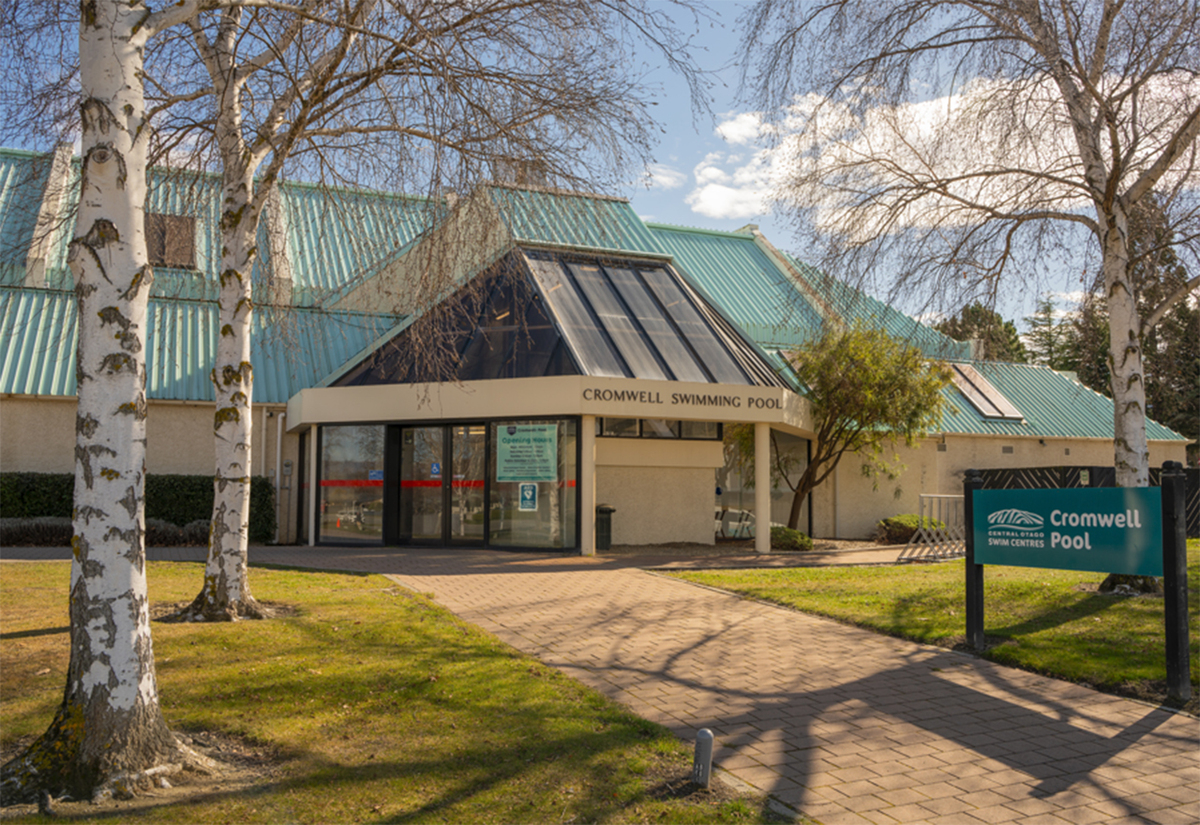 WorkSafe NZ has made recommended actions to Cromwell Swim Centre staff following a recent incident. PHOTO: Central Otago District Council
WorkSafe NZ has made recommended actions to Cromwell Swim Centre staff following a recent incident. PHOTO: Central Otago District CouncilA five-year-old girl had to be pulled from the Cromwell pool by a member of the public recently, prompting a WorkSafe investigation into how the situation was handled.
In a report, authorised by Council general manager - people and culture Louise Fleck, to the Audit and Risk Committee last week, former Central Otago District Council safety and wellbeing advisor Hannes Strydom said the lifeguard seemed overwhelmed and uncertain of the appropriate response.
The girl was pulled out of the water from the learners pool part of the therapeutic pool by a member of the public. She was taken to hospital but did not sustain any injuries, he said.
The health safety and wellbeing report outlined details of the incident, which happened between May and July this year.
The member of the public who pulled the girl from the water contacted WorkSafe as she felt emergency response procedures were inadequate.
A full investigation has been completed and recommended actions included more education for caregivers of under 10-year-olds that must always be actively supervised.
Additional scenario-based training would also be provided to lifeguards, as well as training refresher courses for swim centre staff, including casual members, covering emergency procedures.
The incident was not the only time Cromwell swim centre staff were involved in a near drowning.
In 2016, a girl under 10 had to be rescued from the deep end of the pool. She was given CPR and airlifted to Dunedin Hospital.
Pool staff, helped by an off-duty nurse, carried out CPR until St John personnel arrived.
The council was asked by WorkSafe New Zealand to take part in a voluntary review into the incident.
However, WorkSafe did not carry out an investigation and formal report as the incident did not meet its criteria for such a response.
The review was designed to help analyse and understand why the accident occurred, what failures in the health and safety systems allowed the accident to occur and to improve those systems.
The recommendations included the need for continual education of caregivers so they knew they were required to actively supervise children under eight years.
In June 2023, council updated its Supervision Policy to highlight the critical role of active supervision in preventing drownings.
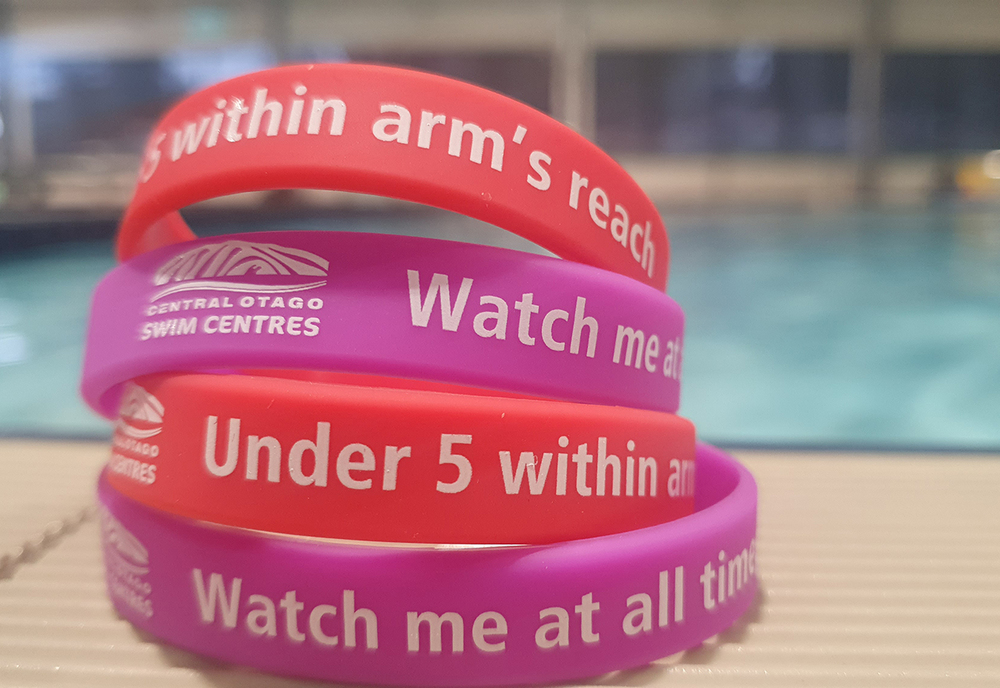
The Central Otago District Council now has different coloured wristbands to identify under 5s and 5-9- year-olds at its pools. PHOTO: Central Otago District Council
The minimum age for children to be at the pool unsupervised changed from eight to 10 years old and the council introduced coloured wristbands to help lifeguards easily identify children.
“We have found this has helped create awareness, but we still have a way to go in educating parents and caregivers to keep their attention focused on their children/charges; incidents generally involve small children,” Hannes said.
Since 2020, lifeguards have been involved in a total of 59 rescues at Council pools.
“Ensuring safety at the pool has always been a top priority. The council’s philosophy is promoting prevention before intervention.”
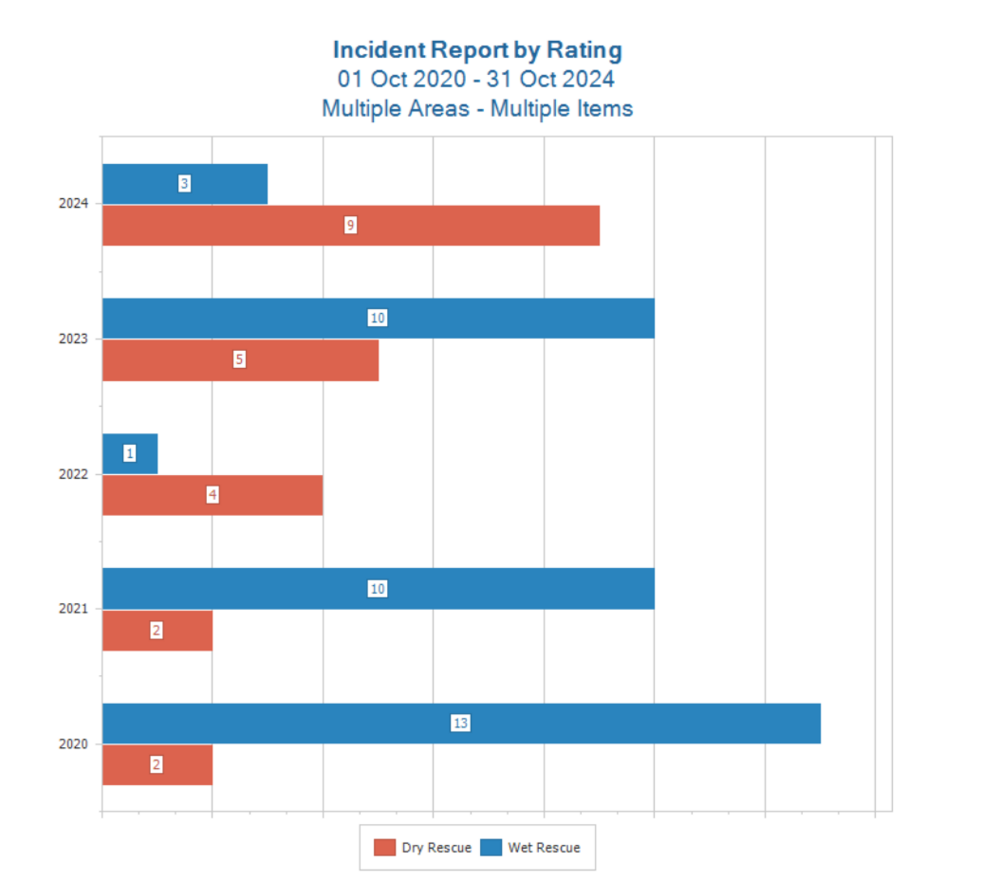
Central Otago District pool swim rescues during the past four years. GRAPH: Central Otago District Council
A Council spokesperson confirmed to The Central App lifeguards needed to be 16 years old to complete their Pool Lifeguard Practising Certificate.
“We ensure that all lifeguards receive comprehensive training to handle emergency situations effectively,” they said.
Training included:
- Understanding the roles and responsibilities of pool lifeguards
- Understanding aquatic supervision techniques
- Demonstrating aquatic rescue techniques for casualties in a range of scenarios.
- Completing the Pool Lifeguard Logbook (which includes 20 hours of poolside supervision, facility inspections, dealing with hazards, supervising pool areas and aquatic activities).
“One of our challenges is parents and caregivers not being with their children or on their phones. We would ask all parents as we head into summer season whether at pools or many lakes in the district to be mindful of watching children and putting the phone down."
Read more: Council moves to make pools safer

NEWS
PUBLIC NOTICES

